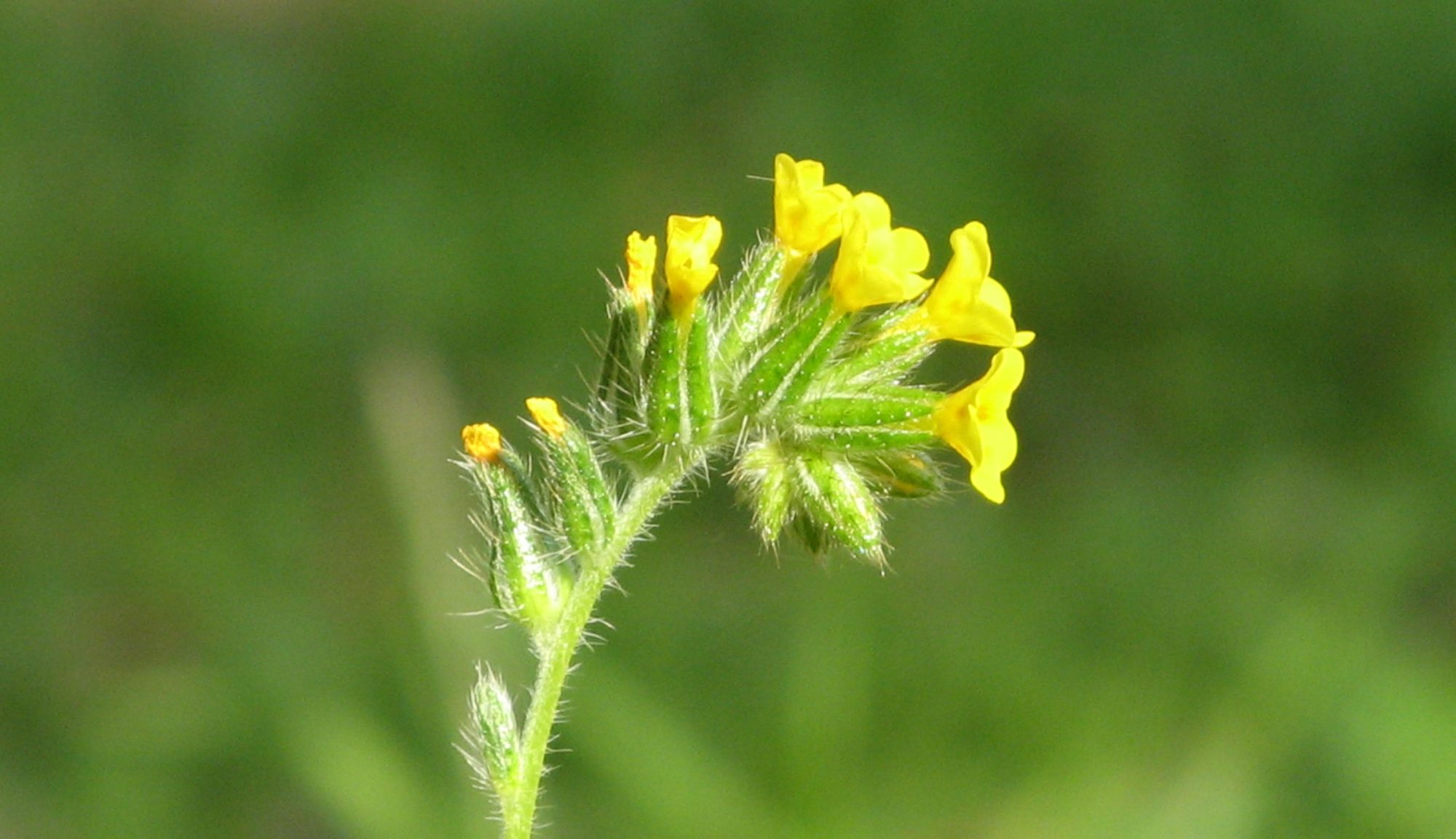Bart Thomma gave an interesting talk on Verticillium dahliae, the pathogen that causes verticillium wilt, able to attack most broadleaf plants. The strains that are pathogenic owe their virulence to the gene with the code name Ave1. This is the gene that turns the plant’s defense system off. The interesting part is where the pathogen got that gene.
Thanks to advances in DNA sequencing technology, there are genome sequences of hundreds of species searchable on the web. Genes that are very closely related to Ave1 are also found in a few unrelated fungal pathogens and a bacteria, but they are found most widely in plants, where they regulate water relations by controlling the opening of leaf stomates. This evidence suggests that Verticillium dahliae (V. dahliae for short) picked up a copy of the gene from a plant it was living in and incorporated it into its own DNA.
How unusual, Thomma thought, that the pathogen should overcome the plant’s defense response by stressing it through dessication. The gene product definitely had the machinery for controlling stomates. The trouble was, when the Thomma lab modified the fungus, substituting stomate-opening genes from other species for the Ave1 gene, the fungus could no longer cause disease in the plant. Stomate control was not the mechanism by which the fungus defeats the plant.
This led Thomma to approach the issue the hard way, adding the Ave1 gene product to a solution of plant cell components to see what it interacted with. With the use of specially tailored antibodies, the interacting plant proteins can be pulled out of solution and then characterized. This approach is hit-or-miss, but in this case there was a promising hit — plant chitinase.
Fungi have cell walls made of a tough substance known as chitin. This is the same chitin that makes up insect and crab exoskeletons, but it evolved independently in fungi. Chitinase, as signified by the “-ase” ending, is an enzyme that dissolves chitin, giving plants an important defense against fungi. With further investigation, the Thomma lab found that the Ave1 gene product indeed has a powerful capacity to inhibit chitinase.
My jaw dropped. The fungus got hold of a plant’s stomate-regulation gene, and it evolved a chitinase-inhibiting function. That would be like buying a used windowsill air conditioning unit, tinkering with it to make it function as a dashboard radar detector, and yet still keeping its cooling capacity! The gene ended up in the rapid-evolution portion of the fungal genome, the 3-12% of the genome where the fungus allows mutations to happen without constraint, where once in a great while evolution’s workshop comes up with an innovative weapon that disables the plant’s arsenal. The lucky fungal strain uses such a newfound advantage to proliferate in the environment, and a new plant disease is born.
